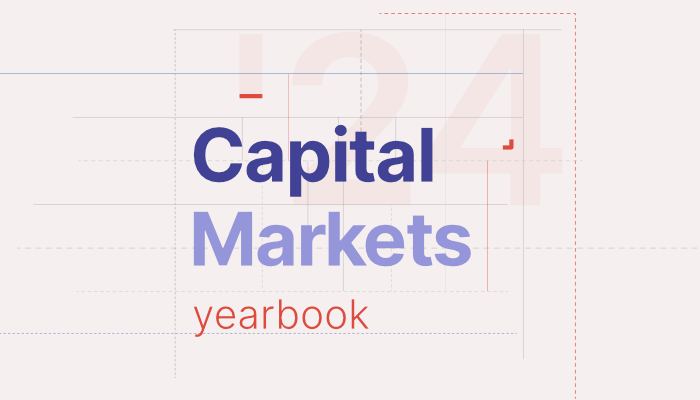Introducing the 2024 Capital Markets Yearbook
The Indian markets have grown more in the last five years than in the preceding decade and a half. Before 2020, it took roughly a decade for the unique investor count to double from 1.5 crores to 3 crores. After the pandemic, it only took a couple of years for the investor count to keep doubling. No matter what metric you look at—from total turnover, investor growth, SIPs, IPOs, to liquidity—there’s been phenomenal growth.
For the first time in a long time, the Indian markets became part of mainstream conversations both online and offline. Though it feels odd to be writing this when the Indian markets seem to be flirting with a bear market, it’s still a good time to look back.
Given the monumental changes in the markets, there had been no publication that documented the profound transformation of our capital markets. Sure, there have been blogs and videos that have covered the growth of the Indian markets in bits and pieces, but nothing comprehensive.
Given that we had partnered with IndiaDataHub and their extensive coverage of the capital markets as a whole, we seeded the idea to Ashutosh Datar, the founder of IndiaDataHub, and he readily agreed. That’s how this yearbook was born. We then collaborated with Wyzr to design and publish the Yearbook.
In this inaugural edition, we have curated an expansive set of datapoints that show the stunning transformation of the Indian capital markets across segments. The Yearbook is divided into sections covering equities, debt, forex, and commodities, with extensive coverage of each sub-segment. We also have guest articles by Sandeep Parekh and Shruti Rajan, both well-known securities lawyers.
The idea is to give you a comprehensive overview of all segments of the Indian capital markets. Regardless of whether you are a finance professional, an investor, a student studying finance, or a market observer, this publication is your go-to source to understand the growth of various aspects of our markets. I hope you enjoy reading this as much as we enjoyed creating it.
This edition is still rough around the edges. Since this is the first edition, this has been a learning experience for us, and the next edition will be even better. The digital edition is free to download, but if you want a hardcopy, we’ve priced it nominally to cover the printing costs.


